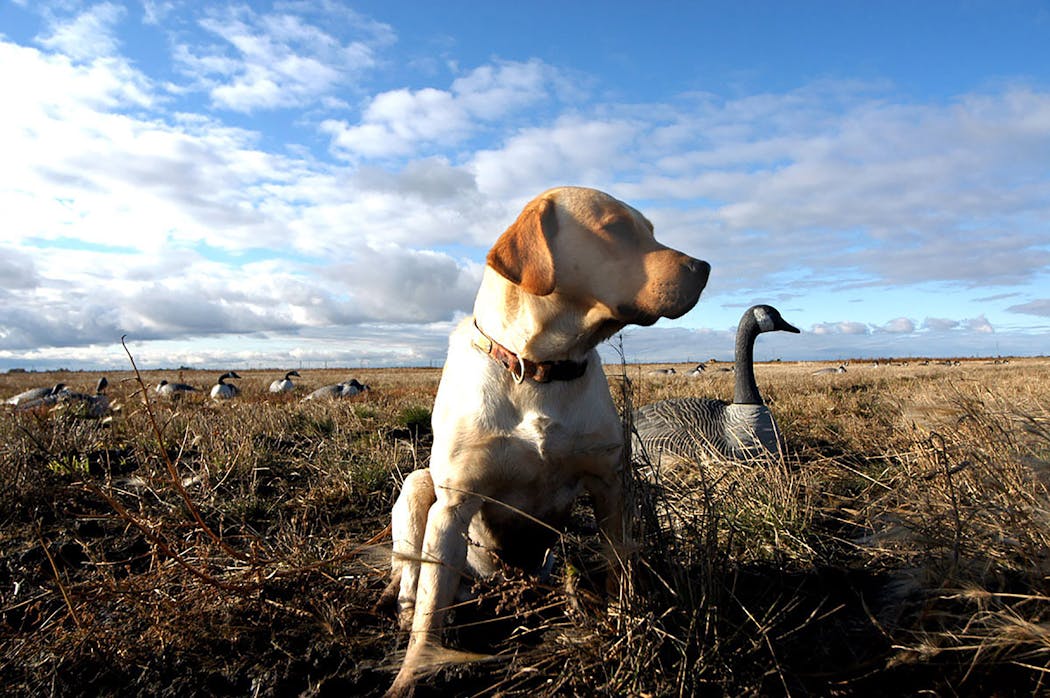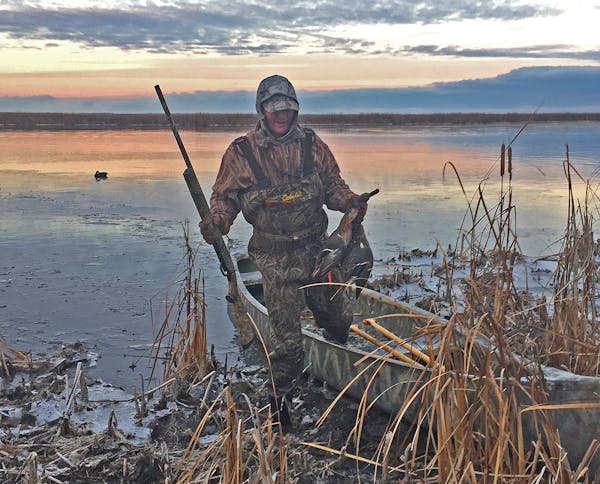Some years ago I was in Manitoba, near the shores of Delta Marsh, at Jimmy Robinson's duck camp. Jimmy was a good guy who raised a lot of money for ducks and who counted various big shots among his buddies, including Clark Gable and Ernest Hemingway.
My friend Willy Smith and I never stayed at Jimmy's camp, not only because, as Jimmy once told me, "You can't afford it,'' but because we preferred to hunt on our own while at Delta.
But once every trip, after a morning's hunt, Willy and I would stop at Jimmy's place to mooch a free meal while Jimmy regaled us with tall tales about "bull canvasbacks of the Delta'' and other waterfowling spellbinders.
One day I said to Jimmy, "Someday I'd like to have a duck camp of my own.'' And Jimmy said, "Don't do it. Ducks move. You buy a camp one year and the next year the ducks are 200 miles away.''
I recalled Jimmy's advice earlier this week while reading emails I received after the publication of my Sunday column about Manitoba's plan to restrict waterfowling licenses it issues to Americans.
In that column I quoted John Cooper, a retired U.S. Fish and Wildlife Service special agent living in Pierre, S.D., who also served 12 years as head of the South Dakota Game, Fish, and Parks Department (GFP).
Some readers thought it ironic that "Coop,'' as he's widely known, would be critical of Manitoba's proposal when South Dakota itself limits the number of waterfowl licenses it issues to nonresidents.
South Dakota does in fact award only a limited number of nonresident waterfowl licenses by lottery. But it does not — as Manitoba intends to do — assign a portion of those licenses to guides for their clients.
A little history about South Dakota waterfowl management:
Until the late 1940s, anyone could hunt ducks and geese in South Dakota.
"Before World War II, nonresidents were welcome,'' Coop said. "Then, during the war, a lot of good duck hunting areas in the state got leased or bought by outfitters and clubs.''
When returning South Dakota servicemen discovered so many prime hunting areas had been lost, they formed the South Dakota Wildlife Federation and convinced the state's legislature to end all nonresident waterfowl hunting in the state. The prohibition remained until 1969, when South Dakota needed key votes in Washington from Minnesota and other states' congressional members.
The price of those votes?
Open South Dakota waterfowl hunting to a limited number of nonresidents.
"Not long after that, I took my first post as a Fish and Wildlife Service agent in Minot, N.D.,'' Coop said. "One of my assignments was to come to South Dakota, along the bluffs of the Missouri River, to hunt undercover at some of the big commercial goose hunting outfits.''
Coop's intent wasn't only to pinch lawbreakers. State and federal waterfowl managers also wanted him and other agents to monitor the huge influx of Canada geese that had gathered up- and downriver from Pierre following construction of massive Missouri River dams and reservoirs.
"The dams created irrigation, and corn was being grown everywhere along the river,'' Coop said. "The combination of open water below the dams and corn and milo nearby attracted nearly 1 million geese.''
Goose-hunting camps soon proliferated, many of them commercial, and political pressure followed to award these outfits a dedicated number of nonresident waterfowl licenses for their clients.
Those efforts were in part accommodated but mostly thwarted by Coop when he led GFP. The number of three-day licenses available to nonresidents along the Missouri was increased — they would be assigned by lottery, and none would be given to outfitters — in exchange for development of new public hunting areas along the river funded by the sale of the new licenses.
"We wanted to make sure a regular guy and his kids who couldn't afford a guide had places to hunt, and by expanding public areas along the river, we achieved that,'' Coop said.
Fast forward to today, when the Missouri River near Pierre attracts only a fraction of the geese it did a few decades ago.
What happened?
Autumns grew warmer, keeping lakes and rivers farther north open longer than ever. Also, North Dakota farmers jumped onto the corn-growing bandwagon. As a result, many geese and mallards now stay north of South Dakota into late November and December, and when they do finally reach the state, their stays are brief because most marshes are frozen and few crops remain in the field.
All of which has helped shaped Coop's opinion about Manitoba's licensing proposal.
"Whenever ducks and geese congregate in large numbers, outfitters will follow,'' he said. "Which is fine. But if you extend licensing privileges to them, and you take licenses away from average hunters, your ability to manage ducks and geese as a public resource will soon erode.''
Coop acknowledges South Dakota's waterfowl licensing program doesn't satisfy everyone.
"But we knew if we gave 10 licenses to an outfitter one year — and there was a lot of pressure for us to do so — they'd be back the next year for 20 licenses, often with a politician's help. It's a no-win situation, and always will be.''

Anderson: Chiovitte's state record walleye shouldn't be thrown back

Anderson: Minnesota's muskies are no match for sonar gadget

Anderson: Anatomy of a nighttime helicopter rescue in Boundary Waters

Anderson: With summer training, know a dog's tail is meant to wag





